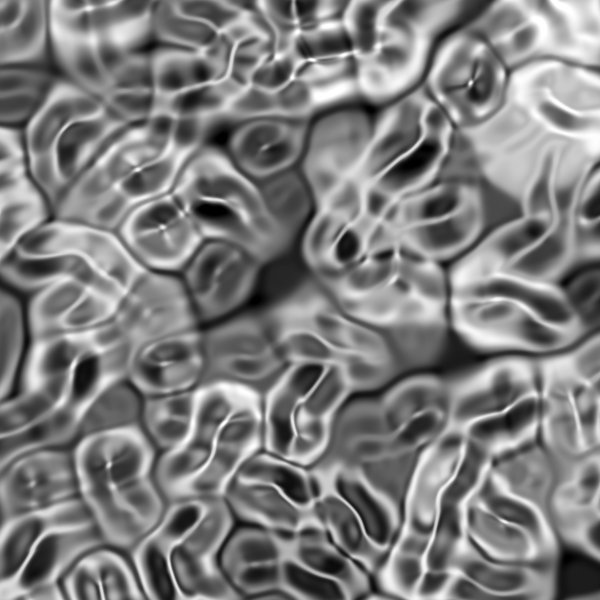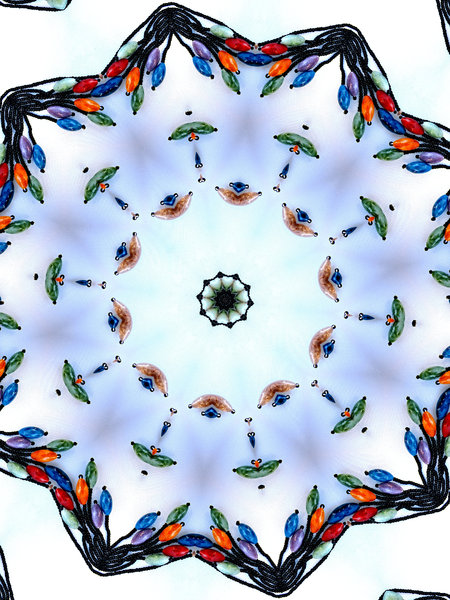Black Abstract Background Biography
source (google.com.pk)Abstract
Past research suggests that children who experience multiple transitions in family structure may face worse developmental outcomes than children raised in stable two-parent families and perhaps even children raised in stable, single-parent families. However, multiple transitions and negative child outcomes may be associated because of common causal factors such as parents’ antecedent behaviors and attributes. Using a nationally-representative, two-generation longitudinal survey that includes detailed information on children’s behavioral and cognitive development, family history, and mother’s attributes prior to the child’s birth, we examine these alternative hypotheses. Our results suggest that, for white children, the association between the number of family structure transitions and cognitive outcomes is largely explained by mother’s prior characteristics but that the association between the number of transitions and behavioral outcomes may be causal in part. We find no robust effects of number of transitions for black children.
The instability of family structure has become an increasingly salient part of children’s lives in the United States over the past half-century. During this period, as is well-known, divorce rates increased (Cherlin 1992), as did the prevalence of nonmarital cohabitation, which is less stable than marriage (Bumpass and Lu 2000). Moreover, cohabitation and marriage appear to be more unstable in the United States than in most other developed countries; and a relatively high percentage of American children experience transitions into single-parent families and stepfamilies (Andersson, 2002; Heuveline, Timberlake and Furstenberg 2003).
A growing body of literature suggests that children who experience multiple transitions in family structure may fare worse developmentally than children raised in stable two-parent families and perhaps even than children raised in stable, single-parent families. This body of research presents what we call the instability hypothesis, the prediction that children are affected by disruption and changes in family structure as much as (or even more than) by the type of family structures they experience. If this hypothesis were true, it would suggest that a significant reinterpretation of the effects of family structure on children’s well-being may be warranted. For example, it would imply that a child born to a single parent might be as well off, or perhaps even better off, if the parent did not cohabit or remarry.
However, most empirical tests of the instability hypothesis have neglected an alternative explanation. The association between multiple transitions and negative child outcomes does not necessarily imply that the former causes the latter. In fact, multiple transitions and negative child outcomes may be associated with each other through common causal factors reflected in the parents’ antecedent behaviors and attributes. We call this explanation the selection hypothesis. A test of the instability hypothesis versus the selection hypothesis would therefore be of interest to sociologists in several sub-disciplines: family sociology, with its emphasis on family and household structure; the sociology of children and youth, with its concern for children’s well-being; life course studies, which emphasize the long-term effects of early events on individuals’ later lives; the sociology of crime and deviance, which includes studies of the early antecedents of anti-social behavior; and the sociology of education, with its interest in the determinants of academic achievement.
We test the selection hypothesis against the instability hypothesis in a statistical analysis of nationally representative longitudinal data that includes detailed information on children’s behavioral and cognitive development, family history, and mother’s attributes prior to the child’s birth. We use the 1979 through 2000 waves of the National Longitudinal Survey of Youth (NLSY79) and its 2000 mother-child supplement, the Children of the NLSY (CNLSY), for the statistical analysis. Outcome variables measured in 2000 include indicators of children's cognitive achievement, internalizing and externalizing behavior problems, and delinquent behavior in early and middle childhood and early adolescence (ages 5 to 14). These outcomes are well-known indicators of children’s current development, as well as predictors of well-being in late adolescence and early adulthood. A number of studies have examined the effects of family structure transitions on similar outcomes (Astone and McLanahan 1991, Najman, Behrens, Andersen, Bor, O’Callaghan, and Williams 1997, Kurdek, Fine, and Sinclair 1995, Martinez and Forgatch 2002, Pong and Ju 2000, Cockett and Tripp 1994, Amato and Sobolewski 2001).Key sets of predictor variables will be (1) measures of the children's family structure histories, including the number of transitions; and (2) indicators of the children’s mothers' attributes. The main advantage of the prospective, two-generation design of the NLSY79 and CNLSY over previous studies is that we can examine children’s outcomes measured in 2000 while controlling for their mothers’ own cognitive test scores and self-reports of delinquency, substance abuse, and other characteristics obtained 15 to 20 years earlier from the mothers themselves, when most of them were adolescents. We believe this to be a substantial improvement on the standard list of retrospectively-obtained controls, such as respondent’s parents’ education and respondent’s family structure while growing up, etc., used in other studies of family instability.
If the associations between family structure transitions and child outcomes are substantially reduced by accounting for mother’s antecedent attributes, we will conclude that the analyses provide support for the selection hypothesis. Both hypotheses would receive support if the effect of transitions were reduced but still statistically significant in the presence of controls for mother’s attributes.
Black Abstract Background Free Download Photos Images Pictures










No comments:
Post a Comment